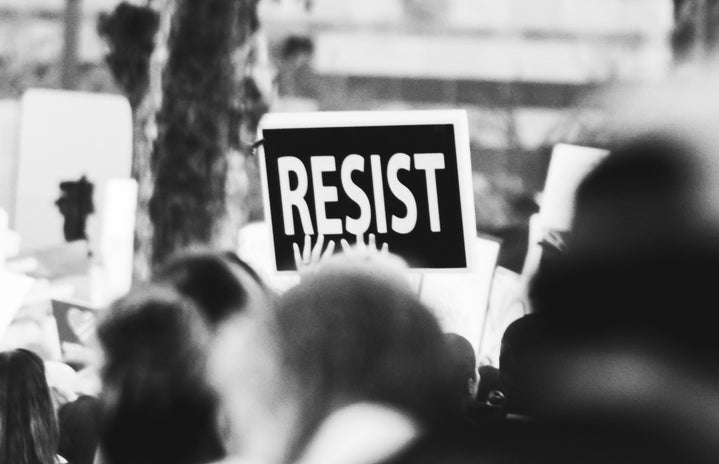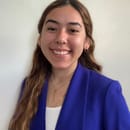For many, Gainesville’s entire meaning starts and ends with the University of Florida. Given the thousands of students that have cycled through the city over the decades, it’s unsurprising, yet disappointing, that the city is reduced to just the college. While the university is an undeniable part of Gainesville’s history, the deep roots of Black student activism are often overlooked and unrecognized. Unbeknownst to those not from the small town, Gainesville has a rich Civil Rights history with roots right within UF. While the university has yet to officially commemorate or celebrate it, Matheson History Museum recently opened an exhibit, “We’re Tired of Asking: Black Thursday and Civil Rights at the University of Florida,” to spotlight the efforts and changes spurred as a result of Black Thursday. The exhibit takes visitors through a timeline of the Civil Rights movement within Gainesville and the experiences of Black residents throughout the 50s and 70s. Vital local history from the perspective of participants is presented through oral histories, photographs and primary documents from the time period. As highlighted in the introduction of the exhibit, “African American history cannot be understood in only one paragraph or one exhibit.” While any resource, whether it be the exhibit or this piece, cannot completely encapsulate the breadth of history and experiences that many students and residents had, it is important to bring these histories to the forefront in as many ways as possible.
Black Thursday
By 1970, there were barely 341 Black students enrolled out of 22,253 students on campus. Despite their small numbers, these students were able to carve out their own space on campus through the creation of the Black Student Union. The Black Student Union was founded just 10 years following the university’s integration and grew to service the needs of Black students. In a desire to create a more equitable environment at UF, BSU submitted a list of 10 suggestions to the university steering committee on May 28, 2020. These suggestions included the creation of a Black Studies program, the hiring of a Black administrator to oversee the recruitment of Black faculty and the naming of buildings after Black men and women. These suggestions were meant to construct a dialogue, which ultimately was left unanswered. This was until April 15, 1971, when 50 to 60 Black students walked into President O’Connell’s office to hand him a set of demands.
“This university has consistently denied us these basic needs we deem necessary,” reads the note handed to O’Connell.
Within these demands, many programs and initiatives were outlined, including the creation of a Black cultural center. As a means of non-violent protest, a group of Black students occupied O’Connell’s office through a sit-in due to his refusal to meet with students. After students refused to leave when asked, they were arrested and suspended within a matter of two hours. Following the arrest, over 1,000 students gathered at Plaza of the Americas to protest the arrests and to gather bail money. By the afternoon, 1,500 students had marched to Tigert Hall, stopped two UF buses transporting arrested students and continued their path to O’Connell’s home. The arrests included 72 people, 66 of which were students.
The following Monday, Black student leaders demanded that the charges against arrested students be dropped. When O’Connell refused, 123 Black students formally withdrew from the university. Among those that left were Dr. Roy Mitchell, the first Black administrator at UF, and Dr. Alroy Chow, one of the university’s first Black tenured professors.
Lessons from Black Thursday
Black Thursday resulted in the enactment of various programs and initiatives, such as Project Upward Bound and the Carnegie Exchange Program. One of the most notable outcomes was the establishment of the Institute of Black Culture in February 1972. For almost 40 years, the IBC has been a resource for Black students and continues to be a crucial hub for activism on campus. While Black Thursday might seem like a speck in the history of the city and university, it is a reminder of the changes that students still demand. By tracing the history of student activism on campus through exhibits such as the one at Matheson Museum, students can learn about the actions that have preceded us, which offer guidance in moments of uncertainty. If you’d like to learn more, please check out the exhibit in person or online.
Given the ongoing fight for social justice and the abolishment of racial inequality, remembering Black Thursday is a beacon of hope for change, a symbol of Black student power and a reminder of the work that still needs to be done. It is important to note that Black Student Union remains at the forefront of the battle for true equity on campus. Their most recent actions include a list of demands to the UF administration to improve race relations on campus. While small initiatives have been taken up, progress has been slow. As a result, this shows how Black Thursday is a struggle that still rings true in 2022.


